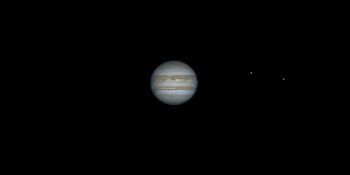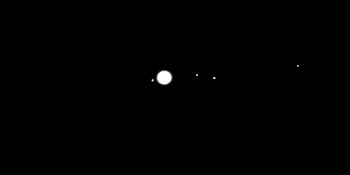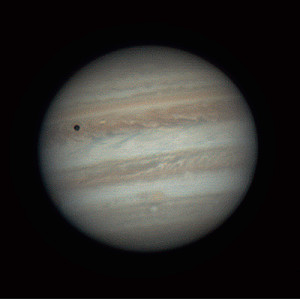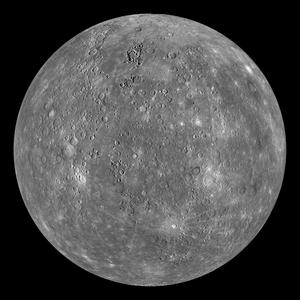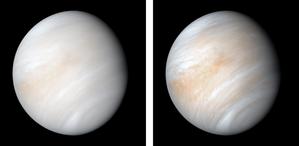Glossary term: 行星
Description: 根据国际天文学联合会的定义,行星是指围绕恒星或恒星残余物运行的天体,其体积足够大,在自身引力作用下接近圆形,但质量不足以使其内核发生热核聚变。它还必须足够大,其引力才能将靠近恒星轨道的其他天体移走。因此,它们是寒冷的天体(与恒星相比),只能通过反射恒星的光在可见光波段发光,但它们也会在红外波段发光。在太阳系中,有八颗行星围绕太阳运行。行星基本上可能是岩石天体,比如内行星--水星、金星、地球和火星;也可能是主要由液态和气态物质组成的天体,有一个小的固态核心,比如外行星--木星、土星、天王星和海王星。太阳系之外的行星被称为太阳系外行星,简称系外行星。
Related Terms:
See this term in other languages
Term and definition status: The original definition of this term in English have been approved by a research astronomer and a teacher The translation of this term and its definition is still awaiting approval
The OAE Multilingual Glossary is a project of the IAU Office of Astronomy for Education (OAE) in collaboration with the IAU Office of Astronomy Outreach (OAO). The terms and definitions were chosen, written and reviewed by a collective effort from the OAE, the OAE Centers and Nodes, the OAE National Astronomy Education Coordinators (NAECs) and other volunteers. You can find a full list of credits here. All glossary terms and their definitions are released under a Creative Commons CC BY-4.0 license and should be credited to "IAU OAE".
If you notice a factual or translation error in this glossary term or definition then please get in touch.
Related Media
木星的自转,作者 Vishal Sharma,印度
Credit: Vishal Sharma/IAU OAE
License: CC-BY-4.0 Creative Commons 署名 4.0 国际 (CC BY 4.0) icons
木卫影片2,Nicolas Hurez,Paul-Antoine Matrangolo,和Carl Pennypacker,美国
Credit: Nicolas Hurez,Paul-Antoine Matrangolo 和 Carl Pennypacker/IAU OAE
License: CC-BY-4.0 Creative Commons 署名 4.0 国际 (CC BY 4.0) icons
木星、木卫一及其阴影,作者:Ralf Burkart,德国
Credit: Ralf Burkart/IAU OAE
License: CC-BY-4.0 Creative Commons 署名 4.0 国际 (CC BY 4.0) icons
水星
Credit: 美国国家航空航天局/约翰霍普金斯大学应用物理实验室/华盛顿卡内基研究所 credit link
License: PD Public Domain icons
可见光下的金星
Credit: 美国宇航局/JPL-加州理工学院 credit link
License: PD Public Domain icons
Related Activities
Design Your Alien
astroEDU educational activity (links to astroEDU website) Description: Design an alien life form suited for an extra-terrestrial world.
License: CC-BY-4.0 Creative Commons 署名 4.0 国际 (CC BY 4.0) icons
Tags:
Life
, Environment
, Extra-terrestrial
, Art
, Creativity
, Hands-on
, Alien
Age Ranges:
8-10
, 10-12
Education Level:
Primary
, Secondary
